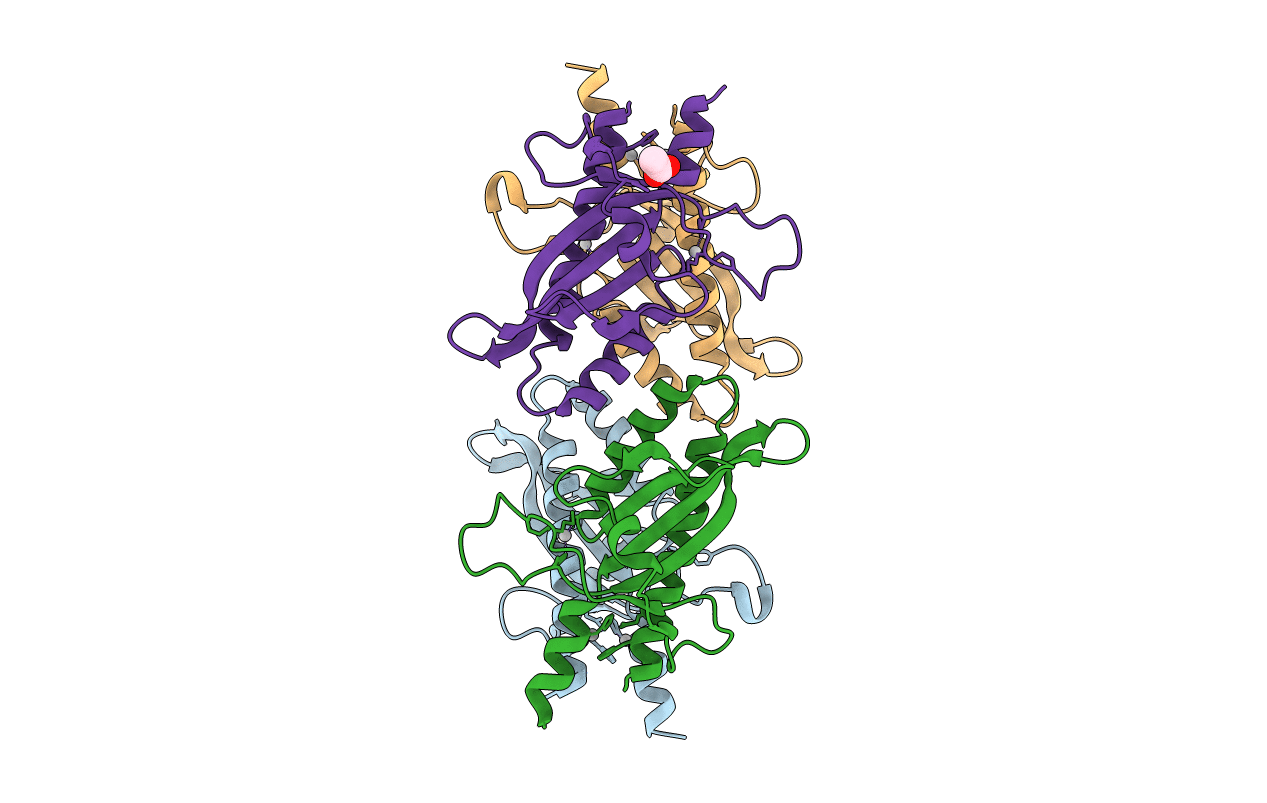
Deposition Date
2016-07-12
Release Date
2016-09-14
Last Version Date
2024-03-06
Entry Detail
Biological Source:
Source Organism:
Escherichia coli (strain K12) (Taxon ID: 83333)
Host Organism:
Method Details:
Experimental Method:
Resolution:
2.15 Å
R-Value Free:
0.28
R-Value Work:
0.24
R-Value Observed:
0.25
Space Group:
P 2 21 21


